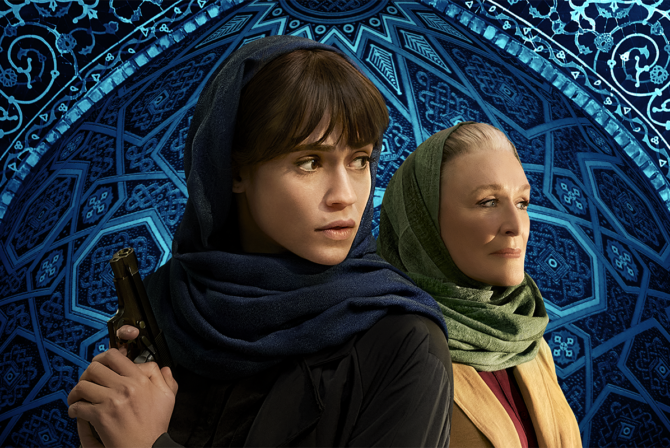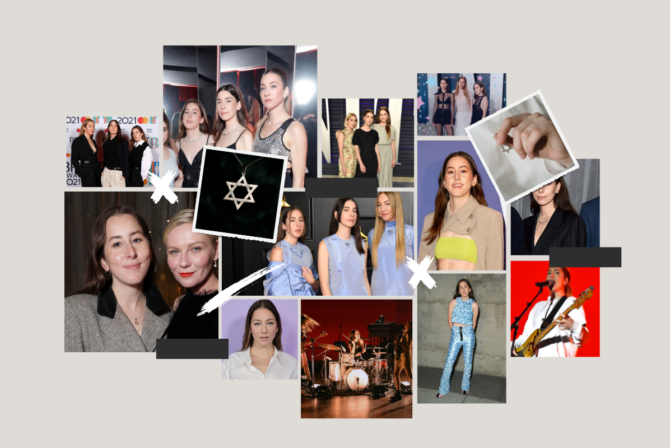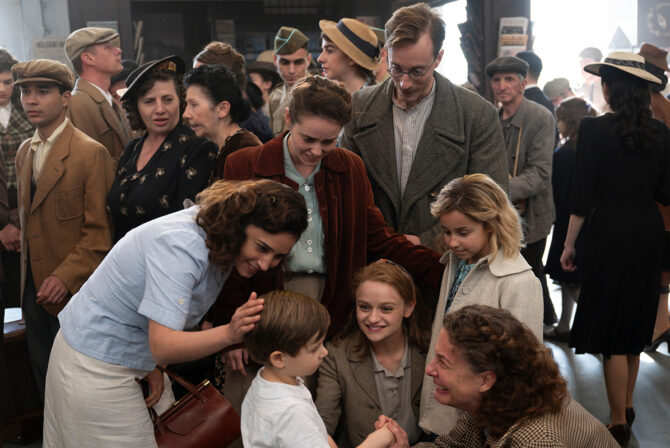
Photo via Flickr/Jamelle Bouie
I’ve been following the Mike Brown case from the beginning. I’m sad for his grieving parents and for the citizens of Ferguson who want justice. I support the sentiments around the currently trending meme “#BlackLivesMatter” but I can’t bring myself to tag it on Facebook for fear someone will call me out as a “clueless white person” trying to attach myself to a movement I don’t belong to. I’m empathic, but I’m searching for a way to articulate that respectfully.
My best friend Rachel has always been involved in social justice and is my go-to person on days like today. When I asked her what kind of reaction I should have to all I am witnessing from my comfortable upper middle class life here in Los Angeles, she reminded me that I’m a parent, and I have a responsibility to respond to this in the way I raise my kids.
Rachel explained, “I think the best thing that you can do right now is raise your children to be race conscious–not color blind, but race conscious. Talk to them about the different experiences people of color have. Buy books and dolls and movies with lead characters that aren’t white. Talk about how people aren’t always treated equally and how that is not OK. Teach history and how it impacts our lives today. Be conscious and teach them to be as well.”
I’ll have to admit, I had to spend some time online reminding myself of the difference between race consciousness and color blindness. It’s confusing but as it turns out, it makes a huge difference in how we end up talking to and teaching our kids about race. Color blindness is the easy way to talk to kids about race. These are the conversations we have about everyone being the same on the inside, no matter their color. We get to quote Martin Luther King Jr.’s dream that one day all children “will not be judged by the color of their skin but by the content of their character.” Kindergartners cut up green, yellow, and red apples to find that despite their various skin colors, they are made of the same stuff inside. It feels good pushing this narrative to our kids because most parents and teachers who use it really do believe we are all equal.
The harder conversation to have with our kids is the one that is more truthful. Ideally the color of our skin wouldn’t matter but it does matter, historically it’s mattered a whole lot, and we can’t ignore that even as we try to treat everyone equally. This conversation is hard for a number of reasons. When you’re a white parent (and it doesn’t matter that I’m Jewish with grandparents who suffered in concentration camps in the Holocaust–to the world at large, I’m white) you have to figure out how to explain to your kids that societally, we aren’t all equal and that for the most part, we live our lives never thinking about race because we don’t have to. In reality, we benefit because our skin is different. Peggy McIntosh explains this far better than I can in her famous essay on white privilege–too bad she hasn’t created a children’s version yet.
I have a lot more thinking to do on this. It’s easy for me to go out and buy toys featuring dolls of color tomorrow. It’s harder for me to work into a conversation with my 6-year-old why I’m not constantly worried about being pulled over by the police because of the color of my skin (and that other people are), or that we can go shopping without being followed by a store manager wondering if we are going to steal something simply because we’re white. I’m not even sure she needs to know any of that yet. What I took from Rachel’s advice is that just by being aware that the world does not treat everyone equally, and knowing that I benefit because of the color of my skin, will help me bring awareness to my kids subtly, and perhaps more deliberately when the time is right.
Ultimately, race is a huge issue and our country’s problems are not going to be solved by a quick chat with our kids before bedtime. But the larger idea of bringing awareness to the issue of race for our kids, and particularly in ways that account for how some of us may have benefited because of our race, can go a long way in trying to influence the national conversation on the issue as our kids grow up.
It’s so tempting to shield our kids from some of the harsh realities of our social system and try to sweep it under the rug by declaring we are all equal but it’s our responsibility to do better than that. Talking about this is really uncomfortable, but usually that’s a sign that it’s really important.
Like this post? Get the best of Kveller delivered straight to your inbox.







